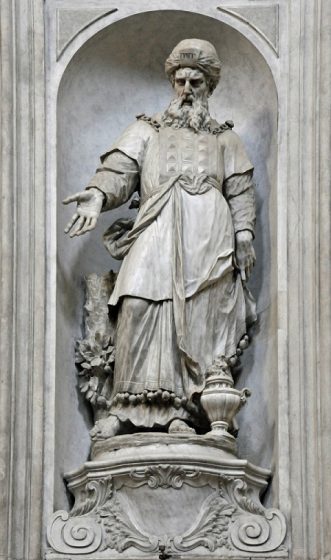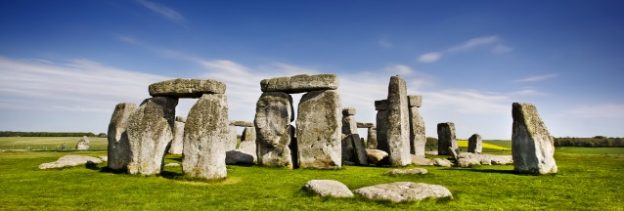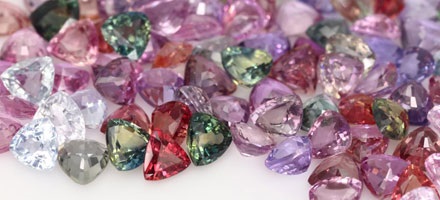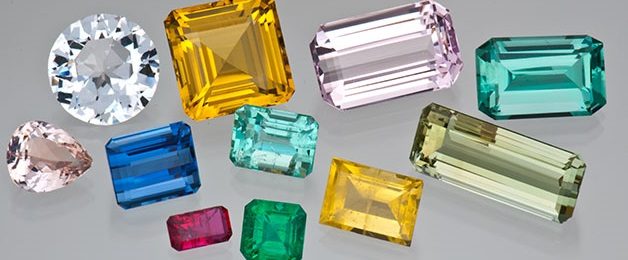‘Like a Rolling Stone’
(Bob Dylan). Stones are deep. Literally. They can be valuable or common but should never be under estimated. The ground upon which we walk, the mountain we wish to climb, are all from the differing mineral products of our precious mother earth. Stone provides protection of land from the sea, it is the material with which we build our skyscrapers, bridges, homes and houses of worship… The game changer between David and Goliath. Often used in In symbolism. ‘Try not to get stuck between a rock and a hard place’.`’The Cornerstone of our company is’…’integrity’. The great pyramids. Stone Hedge. The tool choice for Virginia Woolf’s self-demise. Stones can be used as a powerful talisman for your local shaman to help you heal and transcend. The only natural rival being the ocean and the air we breathe! Natures Big Three. Gemstones are the bling extension of this extraordinary ordinary miracle. They will be forever linked in our collective conscious with beauty, seduction, adornment, love, passion, power, intrigue, greed and much more. Gemstones get around and have for centuries.
Stonehenge is one the UK’s most visited tourist attractions – Researchers have been studying not just the monument itself, but the area around it, hoping to find clues in this intriguing landscape of prehistoric monuments. Recent discovery via underground imaging and excavation have revealed that Stonehenge was once part of a complicated network of structures: ancient burial mounds, unknown settlements, processional routes and even gold-adorned burials. The find paints a picture of a far more mysterious and elaborate Neolithic and Bronze Age world than previously thought. BBC-Travel
Twelve Apostles & Twelve Tribes.
Twelve gems that represented the twelve tribes of Israel were set in the breastplate of Aaron, the first high priest of the Hebrews. Among Christians, symbolic gems represented the twelve apostles. There are several of different theories about what type of stones were part of the original breast plate of Aron. The International Gem Society seems to have to have a reliable contribution to the discussion, they write for example that ‘although jacinth or Hyacinth is named as one of the gemstones of the breastplate of Aaron, its gemological identity is uncertain. In modern gemological terms, Hyacinth refers to an orange-red to a brown-red variety of zircon. However, in biblical times, Hyacinth may have referred to a blue gemstone, such as sapphire or perhaps lapis lazuli. “Zircon Octahedral Crystal” by candiru is licensed under CC By 2.0 ‘ – International Gem Society.
12 Tribes of Israel
Peter: Jasper
Zebulon: Diamond
Gad: Amethyst
Benjamin: Jasper
Simeon: Chrysolite
Issachar: Sapphire
Naphtali: Agate
Joseph: Onyx
Reuben: Sard
Judah: Emerald
Dan: Topaz
Asher: Beryl
12 Apostles
Paul: Sapphire
Andrew: Chalcedony
John: Emerald
James: Sardonyx
Philip: Sardius
Bartholomew: Chrysolite
Thomas: Beryl
Matthew: Topaz
Thaddaeus: Chrysoprase
Simon: Jacinth
Matthew: Amethyst

Aaron_by_Giovanni_Maria_Morlaiter-IGS
The story of the minerals that give us life and enjoyment is to be continued…
article Resources:
http://www.bbc.com/travel/story/20170713-why-stonehenge-was-built
https://www.gemsociety.org/article/what-were-the-gemstones-of-the-breastplate-of-aaron/
http://www.english-heritage.org.uk/visit/places/stonehenge/







